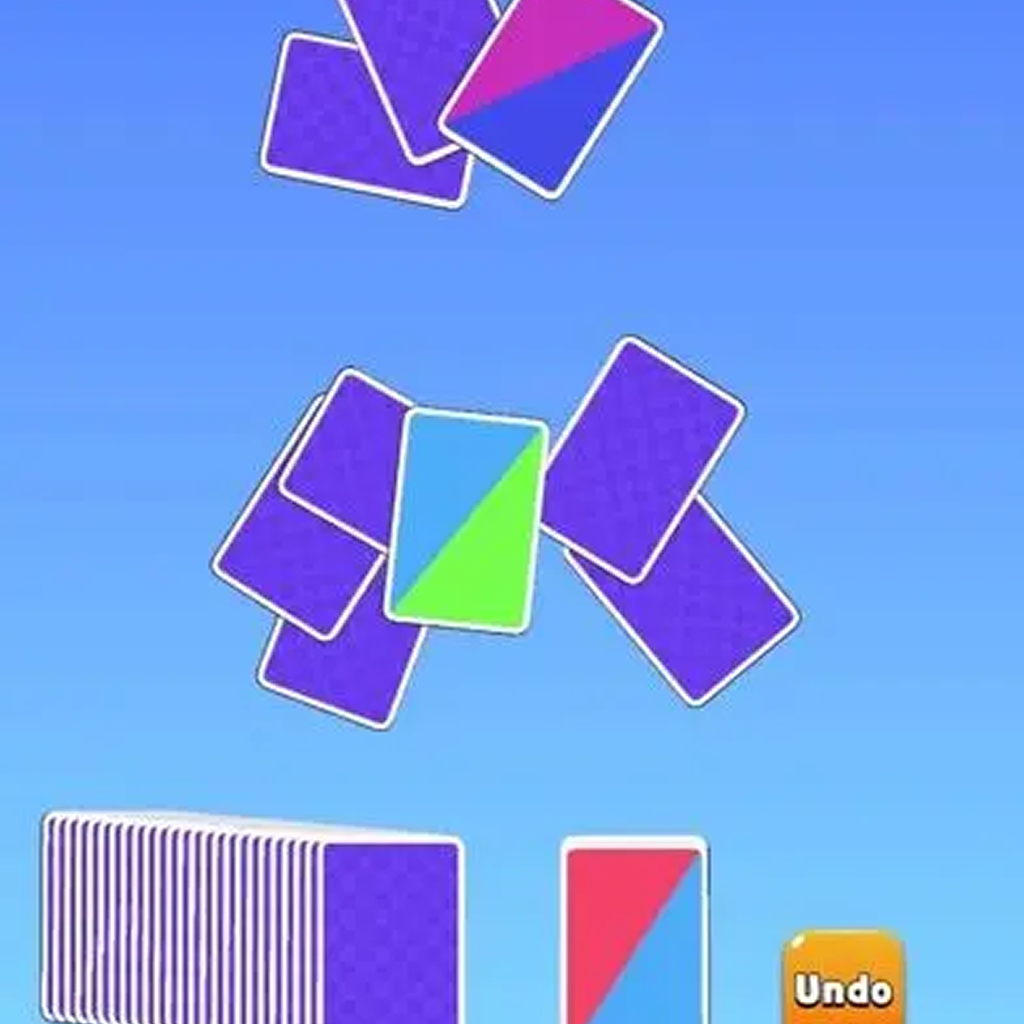I was crouched behind a suspiciously pristine shipping container in Urzikstan. You know the one. It’s a game of inches, the final circle is closing, and my heart is doing a drum solo against my ribs. But something was… off. The rust pattern on the container door—it was just a little too symmetrical. A little too swirly. It had that dream-like, nonsensical quality you see when you ask an AI to generate "a rusty metal door" and it just sort of vibes it out.
It didn’t affect the gameplay, not really. I still got sniped two seconds later. But the image stuck with me. How does that happen? In a multi-billion dollar franchise polished to a mirror sheen, how does that weird, uncanny, AI-generated slop make it into the final product?
Turns out, the answer is both simpler and way more interesting than a robot uprising in the art department. It’s a story of deadlines, human error, and the sheer, mind-boggling scale of modern game development.
The "Happy Little Accidents" We Aren't Supposed to See
Let's be brutally honest for a second. Making a game like Call of Duty is a logistical nightmare. It’s not a single, cohesive project; it's a dozen studios, thousands of people, all sprinting a marathon at the same time. The demand for content is relentless. New seasons, new maps, new operators, new camos, new gun charms that nobody asked for but somebody has to make.
You need thousands upon thousands of unique assets. Textures, 3D models, decals, UI icons. It’s a firehose of creative demand.
And that’s where the machines come in. I’ve been following GDC talks and dev blogs for years, and the shift is palpable. AI isn't the bogeyman gamers sometimes think it is—it's not a "Create Game" button. Not yet, anyway. For now, it’s a tool. A very powerful, very fast, and sometimes very dumb intern.
Artists use generative AI for brainstorming. For mood boards. For creating a dozen variations of a brick texture in the time it would take a human to do one. It's for the grunt work. Think of it less as the master painter and more as the apprentice who preps the canvases and mixes the paints. But sometimes, the apprentice’s practice canvas accidentally gets framed and put in the gallery. That’s the slop.
A Call of Duty Dev Explains How AI Slop Gets Into The Game (and Why It's Not a Conspiracy)
So when a lead artist from Sledgehammer Games recently touched on this, it felt like a breath of fresh air. It wasn't some corporate-speak memo; it was a candid glimpse into the messy reality of the creative pipeline.
Here’s the thing. The process isn't "AI, make me a level." It’s far more granular. An artist might be tasked with creating decals for a bombed-out storefront. They could use a tool like Midjourney to rapidly generate 50 ideas for "post-apocalyptic graffiti." They find a few they like, grab them, and then—here’s the crucial part—they are supposed to take that AI-generated concept and recreate it, clean it up, and make it fit the game’s art style. The AI work is a placeholder. A sketch.
But what happens when the deadline for that level is… tomorrow? What happens when that one specific decal is needed to fill a blank wall, and the final, human-made version isn't ready yet? A developer might drop the AI-generated placeholder in, just to fill the space, with a note that says "REPLACE LATER."
And then… chaos. That note gets lost. The task is marked complete in the project management software. QA testers are looking for game-breaking bugs, not slightly-weird rust patterns. And suddenly, millions of players are staring at a poster in a multiplayer map that has six-fingered hands or text that looks like a forgotten ancient language. It’s not malice. It’s not laziness. It’s a leak in a very long, very high-pressure pipe.
It reminds me of the constant rumors and fake-outs we see in the industry, like that whole fuss over the God of War director's supposedly [leaked next project](https://playhoopgame.com/post/god-of-war-director-next-game-tease-hoax). It's all about how things are perceived, and a simple mistake can spiral into a massive fan theory. In this case, the mistake is just a piece of placeholder art slipping through the cracks.
So, Is This a Glimpse of a Soulless Future?
I can already hear the keyboards clacking. "See! AI is ruining games! No soul!" And I get it. I really do. The fear is that this is the thin end of the wedge. That soon, entire worlds will be procedurally generated by algorithms, devoid of human intent or artistic vision. It’s a valid concern.
But I don't think that's what's happening here. Actually, I think it’s something more nuanced. The role of the AAA artist is changing. It’s becoming less about pure, from-scratch creation and more about direction, curation, and editing. An artist's job might now involve guiding an AI to produce a desired result and then using their human expertise to pick the best 1% and refine it into something brilliant. The machine provides the clay; the human still has to be the sculptor.
The "slop" we see is just the evidence of this new, messy workflow. It’s the digital equivalent of a painter's thumbprint left in the corner of a canvas. It proves a process is happening, even if it's an imperfect one. It’s a challenge faced across all genres, from massive shooters to intricate [sports games](https://playhoopgame.com/category/sports), where the sheer volume of assets is a constant battle.
The real question isn't whether AI is being used. It is. It's everywhere. The question is how well it's being managed. These little slip-ups in Call of Duty are just the most high-profile examples of a problem every major studio is grappling with right now.
Answering Your Burning Questions About AI in Gaming
Why can't they just check every single asset before the game ships?
Honestly? Scale. A single Call of Duty map can contain tens of thousands of individual assets. Now multiply that by the entire game. The QA process is focused on stability and progression-blockers. A slightly wonky texture on a single crate is, to be blunt, a low-priority bug. It's a needle in a digital haystack the size of a mountain.
Is AI art actively making games worse?
That's the million-dollar question. I'd argue it's a tool, and like any tool, its impact depends on the user. It can be used to create generic, soulless filler. It can also be used to accelerate development, allowing artists to spend more time on the big, important stuff instead of hand-painting every single pebble. The "slop" is a sign of a tool being used imperfectly, not a sign that the tool itself is inherently bad.
So, a Call of Duty dev explains how AI slop gets into the game, but is this just a COD problem?
Absolutely not. This is an industry-wide workflow now. From indie studios using AI to generate character portraits to other AAA giants using it for terrain generation and concepting, it's everywhere. Call of Duty is just so massive and has so many eyes on it that these little imperfections get spotted and amplified by the community almost immediately.
How can I tell if something in a game was made by AI?
Look for the uncanny valley. AI often struggles with logic and consistency. Does a sign have text that's almost words but not quite? Do patterns repeat in a weird, unnatural way? Does an image have strange physical impossibilities, like the classic example of people with too many fingers? Those are the tell-tale signs of unrefined, placeholder-level AI generation.
Ultimately, the most important thing is the final result. If a game is beautiful, cohesive, and fun, does it matter how the sausage was made? I'm not sure yet. But as we move forward, the line between human-made, human-curated, and machine-generated is only going to get blurrier. These little bits of slop are just postcards from that strange new frontier.

























